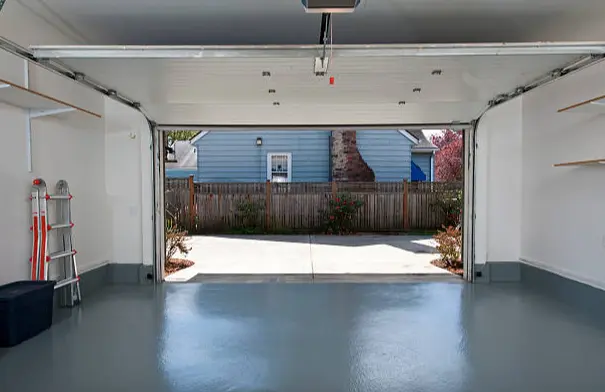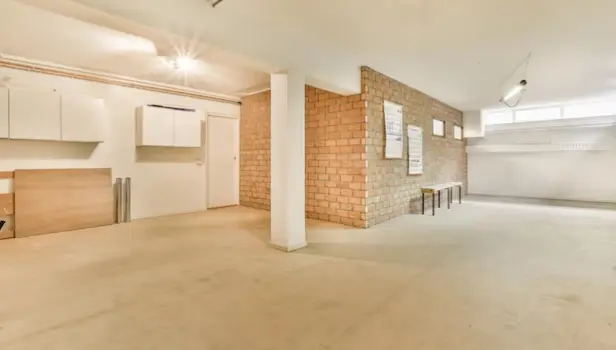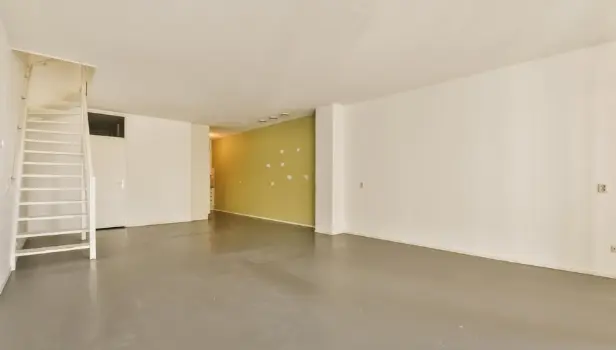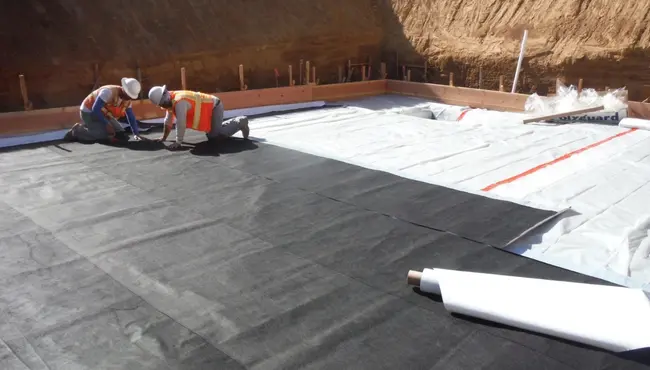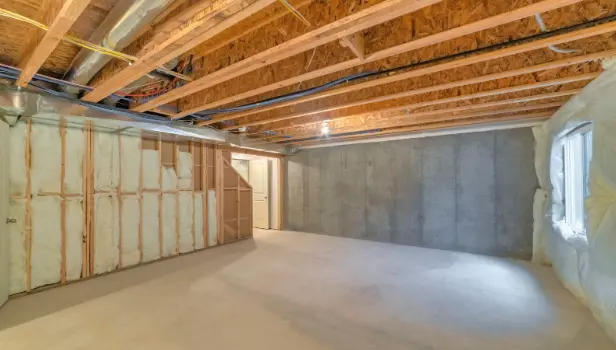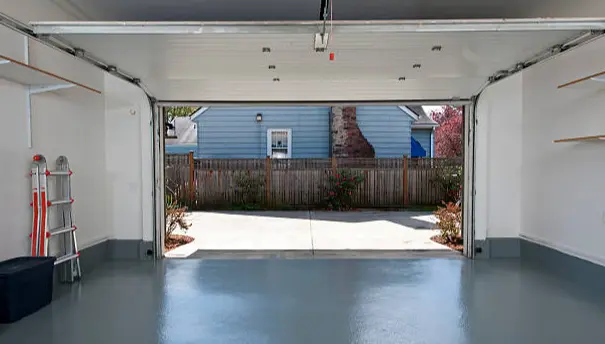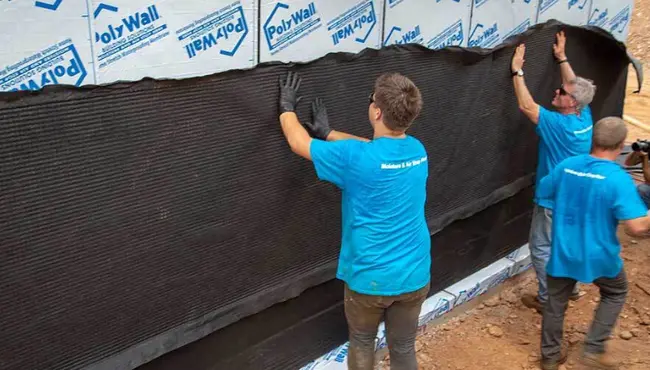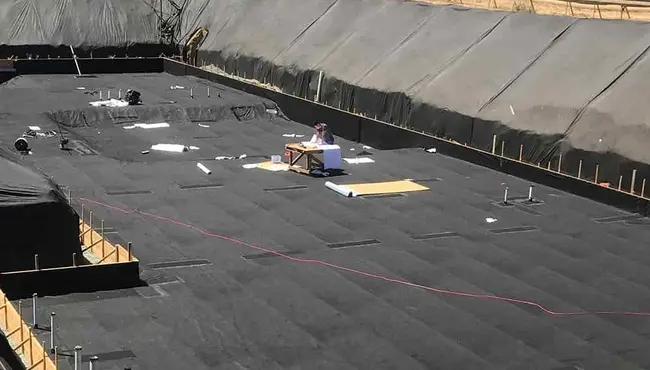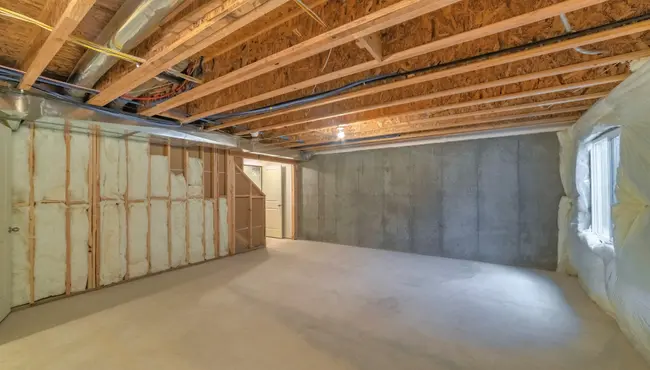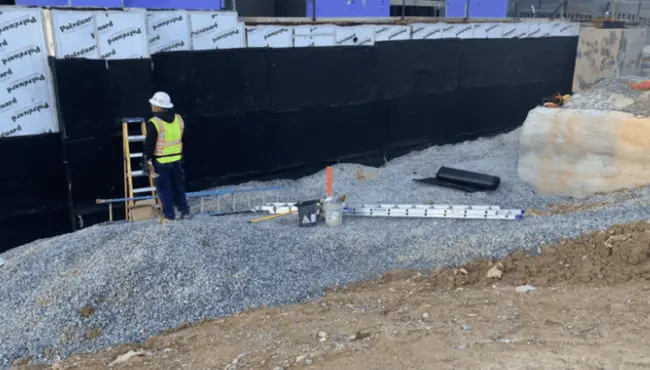Garage floor waterproofing is a practical solution to prevent water damage and maintain the structural integrity of concrete slabs. By applying advanced materials and techniques, homeowners and businesses can safeguard their garage floors while ensuring stored belongings remain secure.
This guide provides detailed steps for waterproofing a garage floor and highlights Polyguard’s specialized solutions tailored for this essential process.
What is Garage Floor Waterproofing?
Garage floor waterproofing involves applying protective coatings or barriers to create a moisture-resistant surface. This method prevents water from seeping into the concrete, protecting it from cracking, mold growth, and surface degradation. With garages often exposed to fluctuating humidity and temperature, waterproofing ensures durability and usability.
Benefits of Waterproofing a Garage Floor
A properly waterproofed garage floor offers significant advantages for both residential and commercial spaces:
- Longevity: Shields the concrete from water-induced cracks and deterioration, ensuring it lasts for years.
- Enhanced Safety: Creates a non-slip surface that reduces the risk of falls, especially in damp conditions.
- Increased Value: Adds to the property’s appeal with a cleaner, more durable garage floor.
- Cost Savings: Mitigates expensive repairs by addressing potential water damage before it occurs.
These benefits underscore the practicality of waterproofing for homeowners and businesses alike.
How to Waterproof Your Garage Floor
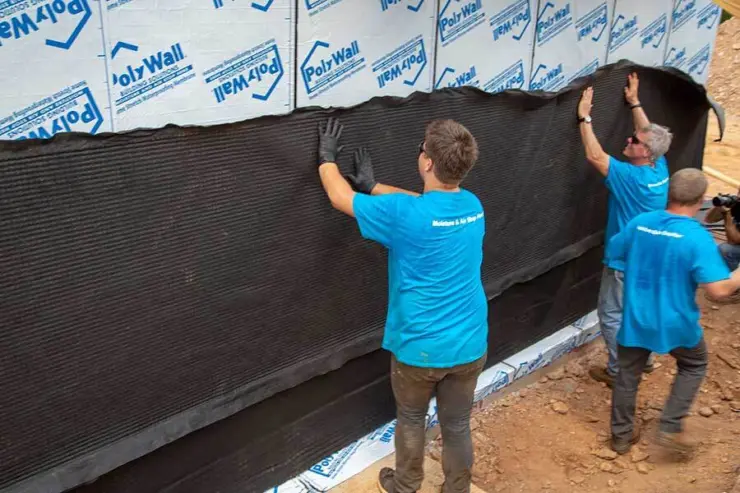
Waterproofing a garage floor involves careful preparation, selecting the right waterproofing method, and precise application.
Step 1: Preparation
Thorough preparation is key to achieving a strong bond between the concrete and the waterproofing material:
- Clear the Garage: Remove all items, including vehicles, tools, and storage units.
- Clean the Surface: Use a pressure washer set to no more than 1,750 psi to remove dirt, grease, and debris. Avoid higher pressures to prevent damaging the concrete.
- Inspect and Repair: Examine the floor for cracks, chips, or imperfections. Fill gaps using a high-quality masonry filler, ensuring it cures completely before moving forward.
Moisture Testing: Tape a 12” x 12” square of plastic or foil to the floor for 24 hours. If condensation forms, additional drying or dehumidifying is required before waterproofing.
Step 2: Selecting the Right Waterproofing System
Choosing a suitable waterproofing method depends on the garage’s usage and exposure to moisture:
- Epoxy Coatings: For instance, epoxy coatings are ideal for garages with high vehicle traffic, offering both durability and a polished finish.
- Concrete Sealers: Penetrate the surface to block moisture while retaining a natural look.
- Non-Skid Paints: Offer moisture protection while enhancing safety with a textured finish, making them suitable for garages prone to dampness.
Step 3: Application Process
Follow these steps for effective application:
- Priming: Apply a primer if required by the chosen coating, ensuring better adhesion.
- Applying the Waterproofing Layer: Roll or brush the selected product evenly across the surface, working systematically to cover the entire area.
- Allow for Curing: Follow the manufacturer’s instructions for drying times, typically ranging from 24 to 48 hours. Avoid foot traffic during this period.
Beyond surface-level waterproofing, addressing structural and perimeter moisture control further strengthens the garage’s defense against water infiltration.
Comprehensive Moisture Management Solutions for Garage Floors
While garage floor waterproofing primarily focuses on surface-level protection, addressing the entire moisture management system ensures long-term durability. Polyguard offers a range of products that, when combined with surface coatings, create a robust defense against water infiltration.
- Stretch Flex: Designed for crack-bridging, this elastomeric coating can be applied to minor surface-level cracks on garage floors to prevent water seepage. Its flexibility allows it to adapt to temperature-induced movements in the concrete.
- Polyflow® Drainage Mats: Effective waterproofing doesn’t end with the floor. Polyflow® 18 Drainage Mats manage water around the garage foundation, channeling moisture away and protecting the surrounding concrete.
- 650 PRM: For garages with connections between horizontal and vertical surfaces, such as the slab and walls, 650 PRM offers a reliable solution. This membrane ensures seamless waterproofing in these critical areas.
By combining Polyguard’s innovative solutions with a high-quality surface coating, you create a comprehensive system that addresses both surface and structural vulnerabilities.
Protecting Commercial Garage Floors
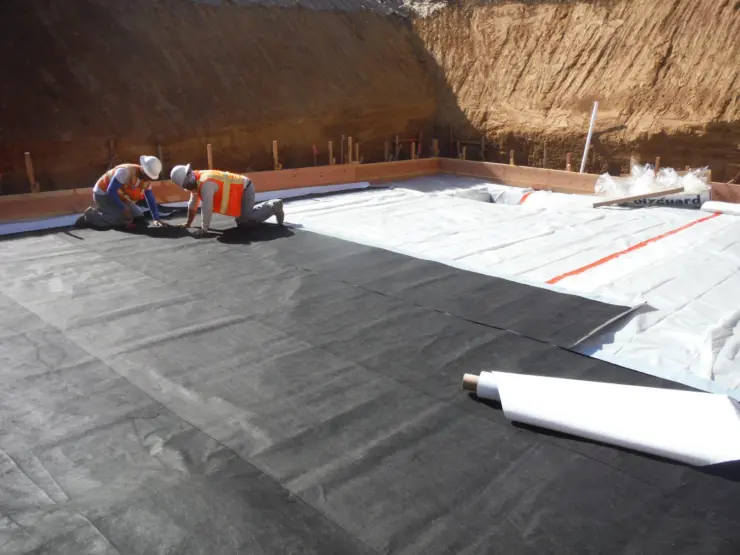
Commercial garages face heavier loads, frequent traffic, and constant exposure to moisture. Waterproofing these spaces not only protects the surface but also ensures operational efficiency.
For high-use facilities, Polyguard’s concrete coatings offer exceptional durability, allowing businesses to reduce downtime and maintenance costs. By creating a water-resistant barrier, these coatings preserve the integrity of commercial garage floors, even in demanding conditions.
Maintenance Tips for a Waterproof Garage Floor
Maintaining a waterproofed garage floor is essential to ensure its performance over time. Regular care prevents minor issues from escalating into costly repairs.
- Routine Cleaning: Sweep and mop the floor to remove dirt and debris that could wear down the coating.
- Inspect Regularly: Check for peeling, bubbling, or other signs of damage. Early detection makes repairs easier and less expensive.
- Timely Repairs: Use compatible sealers or patches to address any surface damage promptly.
- Reapply Coatings When Needed: Depending on the product, a new layer may be required every 5–10 years for optimal protection.
By following these practices, you can extend the lifespan of your garage floor waterproofing system.
Build Resilience and Safety with Polyguard Moisture Management Solutions
Protect your garage and surrounding areas with Polyguard’s innovative solutions tailored for comprehensive moisture control. From crack-sealing coatings to advanced drainage systems, our products are designed to address a wide range of needs in residential and commercial spaces. Contact us today for more information.
